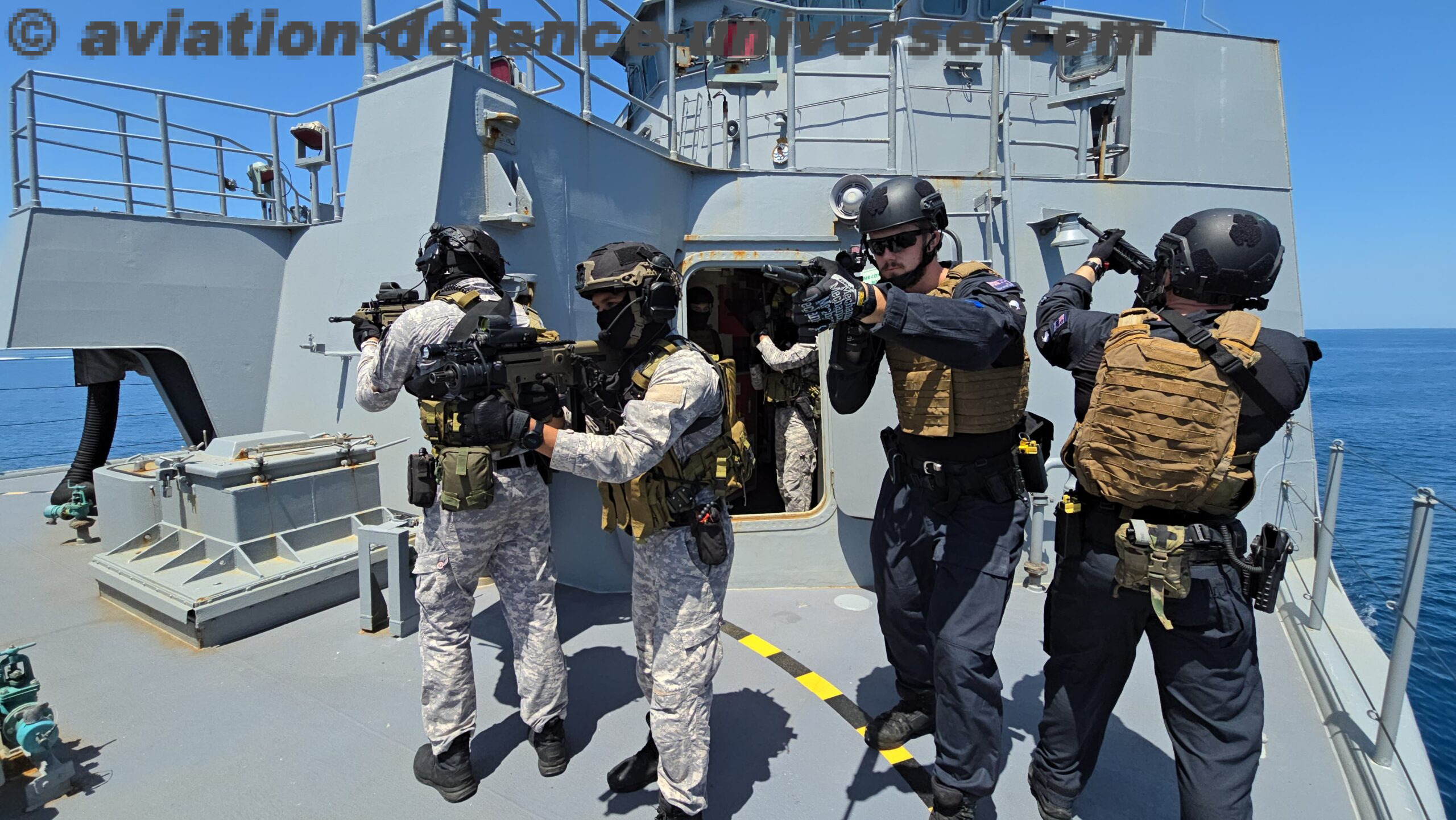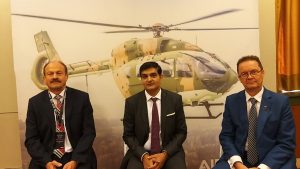- Neighbour’s envy owners pride
- Stealth at its best
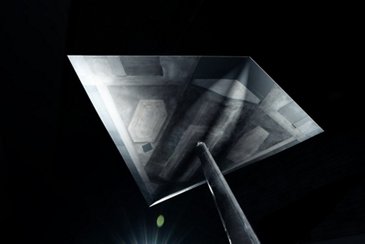
By Sangeeta Saxena
Manching Germany. 05 November 2019. It was not only a surprise but an extremely pleasant one , when Airbus’ Project Manager for FCAS M. Hertzog, after an interesting presentation to the international media attending the Trade Media Briefing, asked all the journalists to stand with him near the wall on the left facing him. And suddenly the wall opened up and in the pitch dark space behind one could see the outline of a somewhat different looking UAV and huge in size as was mounted on a pole. And Hertzog announced that this was the first look given to the outside world of the secret unmanned aircraft Airbus has developed as a stealth-testbed for the German government.
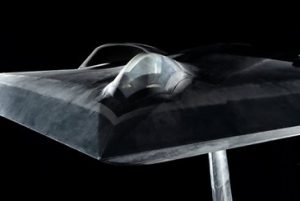
The Low Observable UAV Testbed (LOUT), as it is called, has been secretly built for the German Low Observable (LO) Demonstrator programme and the diamond-shaped vehicle has been in secret development since 2007. The programme was awarded to the company by German government in 2010.
The four tons , 12 ×12 m diamond shaped static LOUT is in an anechoic chamber 60metres long, 24 metres wide and 14metres high. It is being used to develop and test the latest in very-low observable (VLO) technologies. These include radar-absorbing materials, low-radar cross section (RCS) engine inlets, structural cooling technologies, minimised gaps between surfaces, and unspecified LO coatings. But the fact is that it is not a flying demonstrator.
“ Nobody is aware of what we have been doing here as this is a classified project . LOUT has been developed in Manching and Bremen in a Skunk Works approach,” informed Hertzog. It is a little bigger in size than the Dassault Aviation stealth drone nEUROn. Skunk Works approach means probably development in utmost secrecy as is the procedure of the Lockheed Martin research, innovation and design bureau Skunk Works.
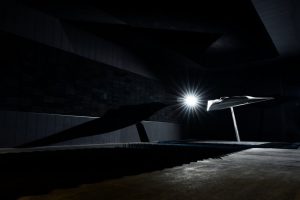
Hertzog also added that the programme takes a holistic approach of stealth focusing on reducing radar, IR, visual and acoustic signature, controlling electromagnetic emission of sensors and using electronic countermeasures for jamming and deception. The LOUT includes doors for a weapons bay and undercarriage. The thrust-vectoring nozzle is located above the rear part to shield it from ground-based sensors.
LOUT will be a drone that will be camouflaged and not detectable by radar which will emit very little heat radiation and will fly very quietly. It is expected to have its first test flight in 2026. This drone will contribute to elements of the Future Combat Air System (FCAS), which is being developed in Germany, France, and Spain. The FCAS is described as the “next-generation weapon system where next-generation fighters team up with remote carriers as force multipliers,” by the European major. The entire FCAS is expected to be operational in 2040.
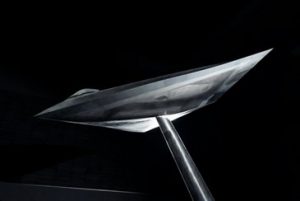
After five years since the sanctioning of the project in 2015 the baseline shape of LOUT had been fixed. The path to the final shape began with 2D platform evaluations, followed by 3D layouts, and then full 3D configurations. The three most promising were built in scale-model form and tested in the wind tunnel to assess aerodynamic properties before the final configuration was selected.
Several signature test assets from component which mock up to full scale aircraft signature measurement are Tornado LO Kit, Demonstrators & concept designs, System design responsibility of the Eurofighter Typhoon’s detectability suite.
Some of the key achievements of the testing are emission control, signature reduction and electronic countermeasures measures. Complementary projects took care of aspects such as electromagnetic emission control, covert communication & cyber security which have to be orchestrated across platforms. Signature Reduction means RF (VHF to Ka-Band)/ acoustic/ infrared signature, awareness of the own signature linked to the mission management system and passive sensing.
Other achievements are in the LO coatings. The surface wave attenuation to decouple mutually spaced scattering effects, shielding of transparencies, optically transparent & electrically conducting LO Coatings whereas further coatings were applied to treat other locally significant effects.
Hertzog said that Airbus has completed contracted work on LOUT, but says additional activities could be conducted. He added that lessons learned from the LOUT programme will be available for potential adaptation during a long-term evolution activity on the Eurofighter Typhoon and on a proposed French-German-Spanish FCAS development.
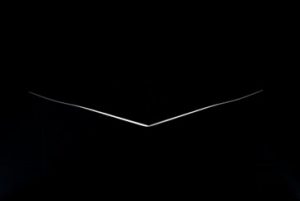
To the queries of the visiting journalists on the presence of the engine testbed Hertzog responded that there was an exhaust for the engine at the flat, wide slit on the top of the aircraft and is shielded from the ground and sides. Special attention has been paid to lowering the IR signature and cooling . LOUT is designed to be a subsonic platform as per Airbus. Hertzog ended with, “We are at the cutting edge of low observability.”
LOUT covers all aspects from simulation and development to production and measurement. Jamming, deception and signature augmentation have been tested for use of means. Emission management, data links with spread spectrum technique and new sensors with lower detectability are also tested. Signature Reduction to be achieved in various domains is radar signature (low RCS), IR signature (low IR emission), visual signature and acoustic signature have been tested. VLO Configuration for multispectral Stealth
LOUT not only has an innovative design supporting radar, IR, visual and acoustic stealth, it also has an integrated flat nozzle design which can do investigation of various LO compatible thrust vector control options for cooling of structural parts.
The uniqueness of LOUT is its camouflage technology. No radar will be able to detect it, it will emit very little to no electromagnetic radiation and will fly very quietly and heat-seeking missiles won’t be able to detect it because of very low heat emission. Now that the world knows about it wont be a great surprise if nations start queuing for it. Germany definitely has a great technology to transfer.



































